March 29, 2025 | 06:53 GMT +7
March 29, 2025 | 06:53 GMT +7
Hotline: 0913.378.918
March 29, 2025 | 06:53 GMT +7
Hotline: 0913.378.918
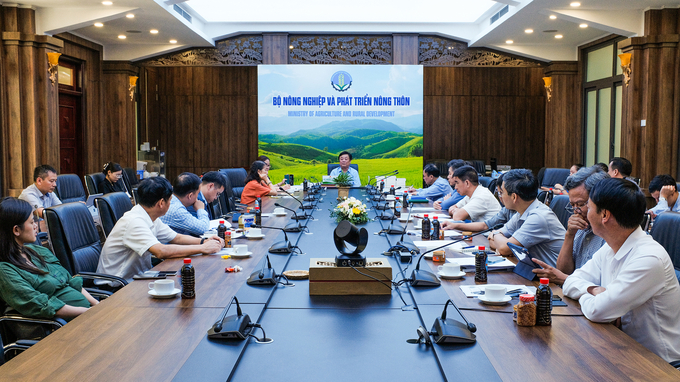
The meeting on salt production, processing and consumption took place on July 13 at MARD. Photo: Quynh Chi.
On July 13, Minister Le Minh Hoan chairs a meeting on salt production, processing, and consumption and the implementation of the Project on Development of the Salt Industry in the 2021-2030 period. Participating in the meeting were MARD leaders, salt industry business owners, representatives of international organizations, and experts.
The traditional salt industry is embedded in Vietnam’s culture and history and has been a vital production industry since modern times. In 1955, the salt industry officially became an independent national economic sector. The salt grain seems insignificant, but to produce a grain of salt is a laborious process with the sweat and tears of the salt farmers.
Reporting on the development of the salt industry, the Director of the Department of Economic Cooperation and Rural Development, Le Duc Thinh, acknowledges that Vietnam has advantages in developing the salt production and processing industry: a 3,200-km long coastline with favorable natural conditions for salt production.
Despite the Government and businesses’ investment, the salt industry currently faces many difficulties: the infrastructure is not comprehensive and standardized, the salt mining area is severely reduced and degraded due to sea encroachment, lack of salt farmers cooperatives, limited management, competition in the global market, climate change impacts, to name a few.
As a result, the salt industry is shrinking in size and output (domestic supply decreases from approximately 1 million tons in 2019 to less than 700,000 tons in 2022). Salt farmers are leaving their jobs due to low income. Vietnam’s salt products are seemingly incompetent in the international market.
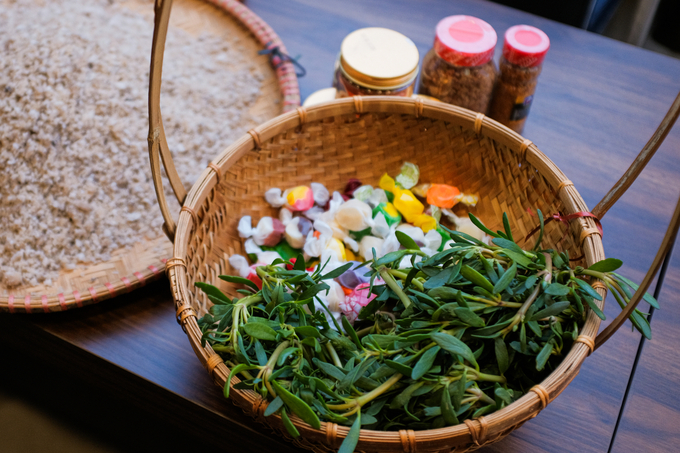
Some Vietnamese salt products, including salted candies, green vegetables nourished with mineral salts, etc. Photo: Quynh Chi.
Assessing the current situation of the salt industry, MARD Deputy Minister Tran Thanh Nam states that the role of salt makers is not commensurate with the overarching value of the industry.
The Deputy Minister proposes the direction to make salt a key industry. He underlines a reviewing of how policies have classified “industrial salt” and “artisanal salt.” People at all levels should change mindsets and perceptions, spread the culture of salt villages through cultural activities (such as festivals, exhibitions), develop salt-related tourism and promote commercial salt production.
Ms. Nguyen Thi Thu Huyen, National Coordinator of GEF Small Grant Program, informs that the United Nations Development Program (UNDP) is currently sponsoring 185 sustainable development projects in 45 provinces. She agrees with a comprehensive orientation at all levels, and at the same time proposed to pilot salt industry development in relation to preserving the tradition of handicraft villages. The goal of a welfare salt ecosystem will be placed within the framework of programs to protect water security and adapt to climate change initiated by UNDP Viet Nam.
Ms. Huyen emphasized: “It is crucial that programs centralize salt farmers and empower them to compete in the food industry.”
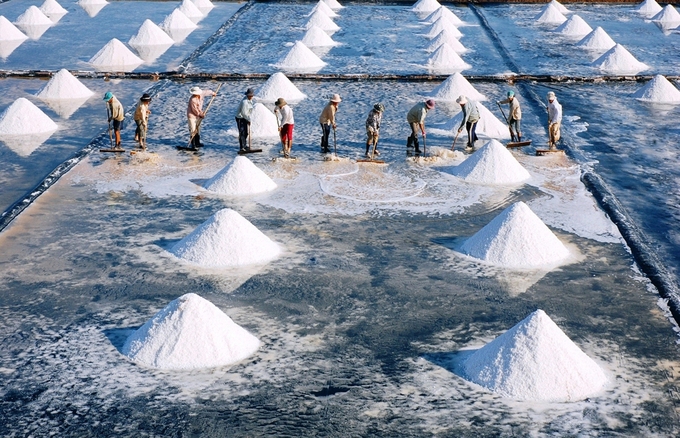
Harvesting salt in Bac Lieu. Photo: Le Hoang Vu.
On the other hand, businessmen in the meeting present their research-based activities on the salt market, which have achieved certain results.
From the medicinal salt brand NanoSalt, Mr. Ho Xuan Vinh introduces the scientific research of deep salt processing technology. This project has launched products that focus on consumer health, such as non-iodized salt for people with thyroid disease, salt reduction for people with high blood pressure, etc. However, the business still faces difficulties due to a lack of facilities and storage.
Meanwhile, Hong Duong salt enterprise currently owns three factories with stable operation and has provided a total output of 200,000 tons of salt in the past years. But the business said that it is facing difficulties in equipment and machinery as banks do not provide mortgage loans for specific equipment. Moreover, due to climate change, salt output has decreased, and salt production has to import raw materials from abroad, which did not generate large profits.
From Agritech Vietnam Investment and Trading Joint Stock Company, Mr. Luc Manh Tung presents his experience with French experts. He said that Vietnam needs to optimize and evaluate the artisanal salt market segment so that it is independent and separate from industrial salt.
In addition, Mr. Tung said that Agritech is currently developing a three-phase project and coordinating with the Department of Economic Cooperation and Rural Development to standardize the production process, build a salt warehouse, and make a set of geographical indications with a bottom-up approach.
Despite having a comprehensive vision, salt enterprises currently lack connection and are unable to coordinate with farmers. Supply chain profits are congested, production and processing networks are fragmented, and farmers receive less benefit.
Dr. Ngo Kieu Oanh shares her stories from his research trips to the salt mining area. In Quynh Luu (Nghe An), only when the government came down to clear the salt fields, people realized the preciousness of salt grains which contained culture and history. She is concerned about the traditional salt artisanship and appreciates the labor of small households who are producing clean and handmade salt.
According to the researcher, farmers lack technology or information about salt industry development in the world. Without an overarching view, it is difficult to take advantage of the long coastline and natural conditions (water, land, and air ecosystems). Without technology, it is difficult to diversify salt products such as cosmetic, medicinal and food processing. Without a rational approach, it is difficult to ensure livelihoods, public health, and conservation of precious salt resources.

Dr. Ngo Kieu Oanh tells the story of salt. Photo: Quynh Chi.
Perhaps efforts to develop the economy have ignored the highest value of the grain of salt, which is the flavor that contains the worldly taste of Vietnam. The grain of salt is a symbol of diligence and hard work that is embedded into the history, spirituality, subconscious, and poetry of the Vietnamese people.
The image of white salt fields has made a strong impression on international friends by its peaceful and rustic beauty, creating national intangible cultural heritages associated with the nation’s soul. Where are these values in Vietnamese salt products?
At the meeting, Minister Le Minh Hoan reminisces about the taste of his homeland, and heirloom specialties, fish sauce, and salt making in Southwest Vietnam. However, not many people know that Bac Lieu salt is recognized as a heritage. The Minister states that a traditional profession must not be forgotten; salt resources are rich, abundant, and multi-valued, and should not be limited by a single-sector management system.
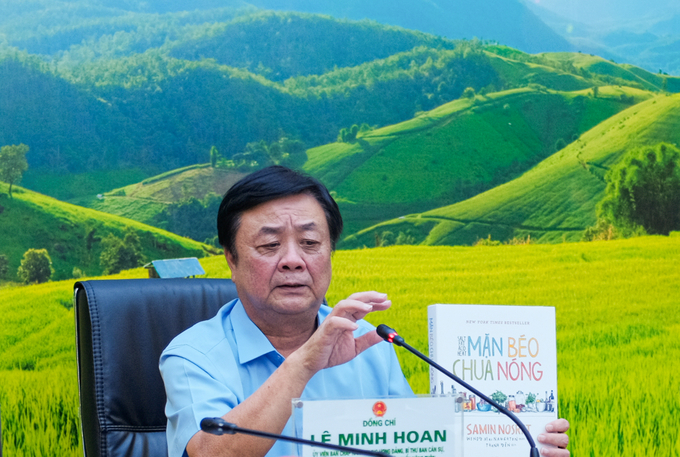
Minister Le Minh Hoan talked about the spiritual and cultural value of salt flavor. Photo: Quynh Chi.
Regarding the future of the salt industry, the Minister encouraged leaders, experts and businesses to “dream big, dream a comprehensive picture and pursue that vision; integrating science, technology, tourism and culture into the product value, and create a competitive brand for Vietnamese salt in the global market.”
At the same time, he also reminds us that salt development must be studied within frameworks of the “blue industry” with concerns about philosophy and the quintessence of taste.
In particular, the nutritional value of salt needs to be fully accessed. The multi-sectoral approach does not sell salt products but sells nutritional value with connection to the United Nations' goals for food security and nutritional balance. Thus, the salt industry should focus on nutritional value, public health, thereby ensuring livelihoods for salt farmers.
Minister Le Minh Hoan suggests that MARD leaders should first establish an association on salt and nutrition. Secondly, they should strengthen cooperatives, and invite mechanical enterprises to salt fields to study and build models which can increase productivity and reduce costs. It is especially necessary to set long-term goals, change social perception, and orient toward sustainable values, all rooted in the pride in the taste of the homeland. Only then will the salt profession promote the national quintessence contained in each grain of heritage salt.
Translated by Quynh Chi
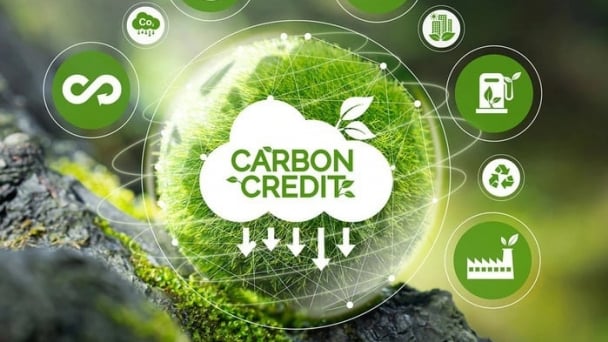
(VAN) The Ministry of Finance is gathering opinions on the draft Decree for domestic carbon trading exchanges, with two types of commodities: greenhouse gas emission allowances and carbon credits.
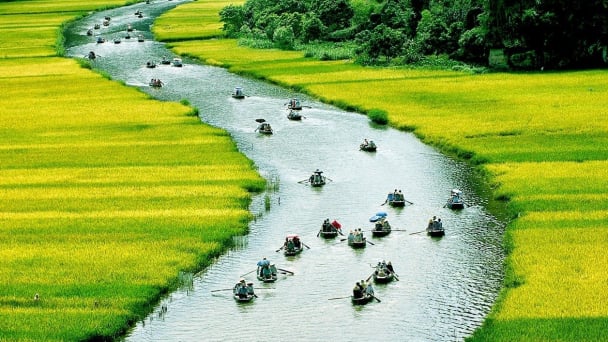
(VAN) On World Water Day (March 22), Deputy Director of the Department of Water Resources Management, Dr. Nguyen Minh Khuyen shared his insights on solutions for the sustainable management of water resources.
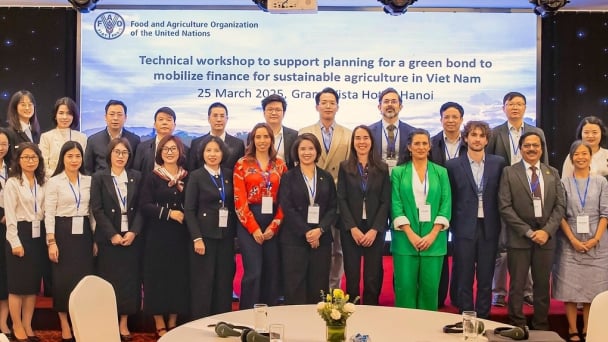
(VAN) Transforming agriculture toward sustainability, climate resilience, and low emissions demands bold innovation—most notably, the large-scale mobilization of financial resources.
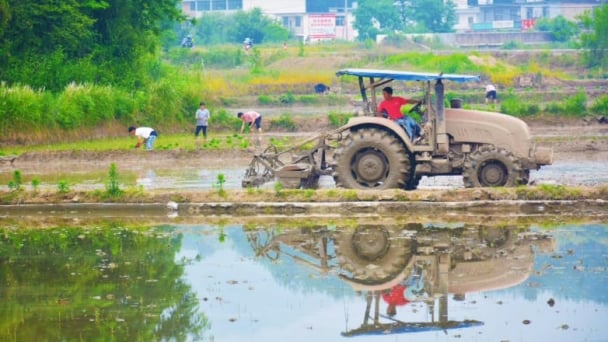
(VAN) Verra has taken unprecedented action against four certification bodies that overlooked integrity problems with the projects. But the worthless credits still need to be compensated.
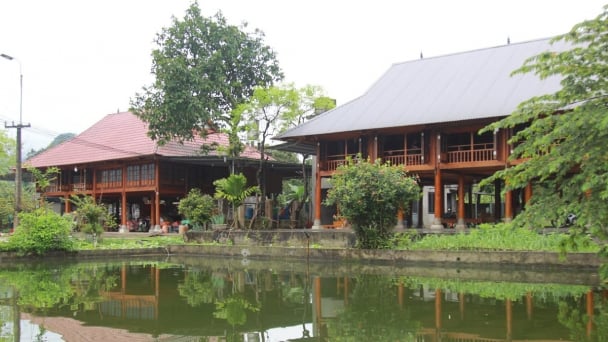
(VAN) The Central Coordination Office for New Rural Development organized a consultative workshop to gather opinions on the implementation orientation of the National Target Program on New Rural Development for 2026-2030.
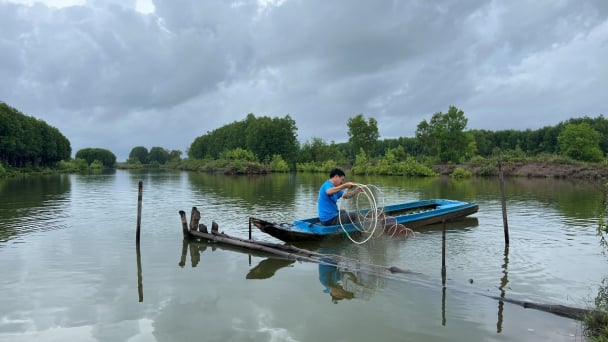
(VAN) The diminish of mangroves and seagrass occurred in industrialization and urbanization hotspots, while unsustainable methods of harvesting shellfish with bottom trawl nets, have also weakened nearshore seagrass meadows.
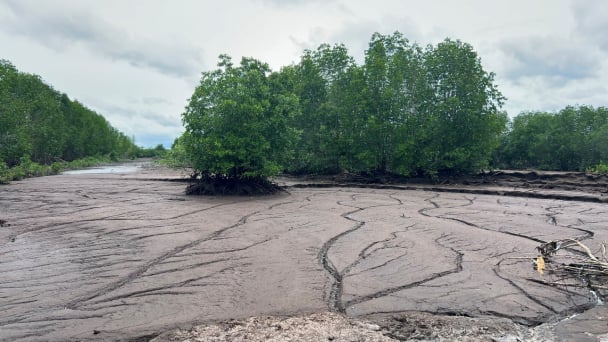
(VAN) With immense carbon storage potential comes a heavy burden of vulnerability, Southeast Asia is undergoing rapid population growth and vigorous economic development.